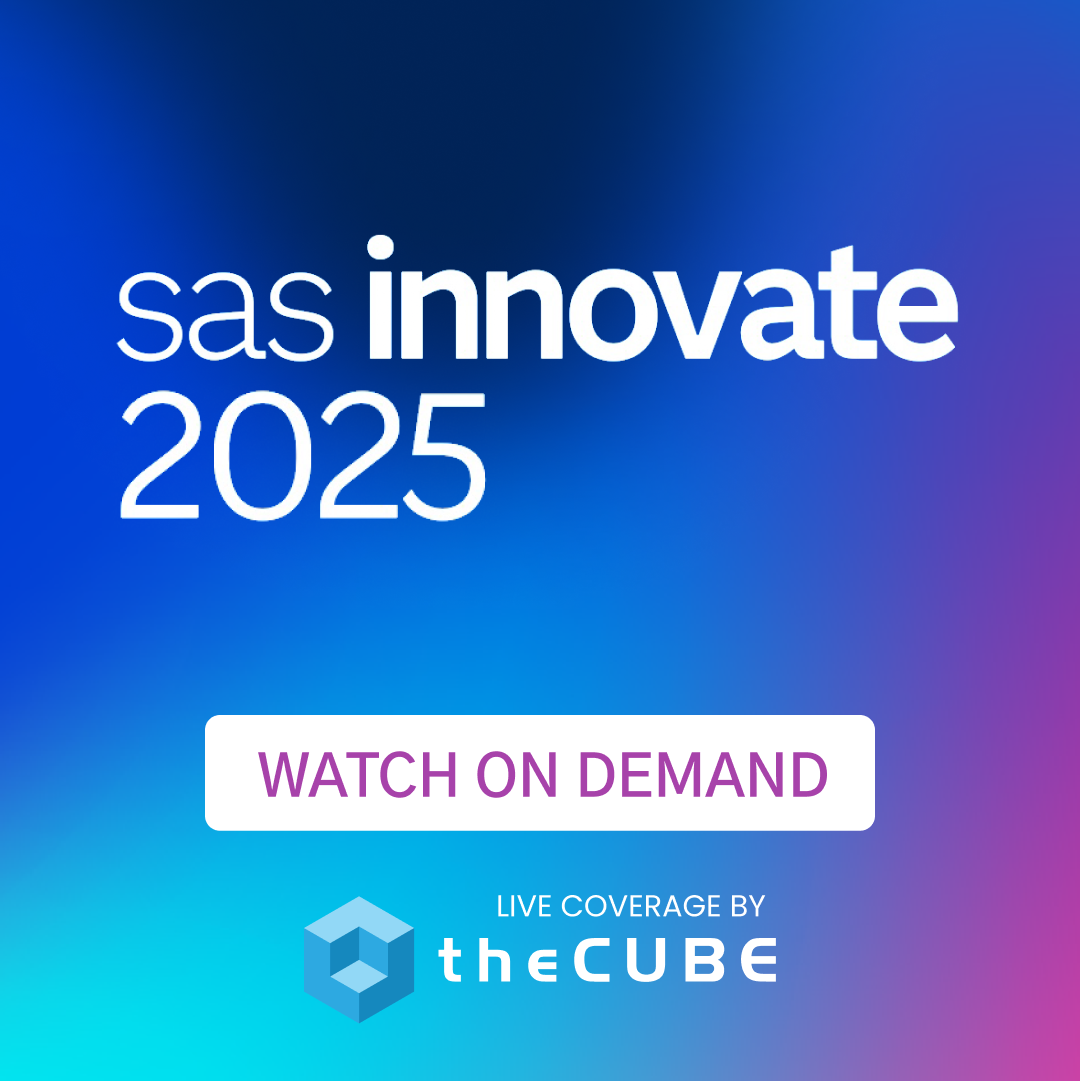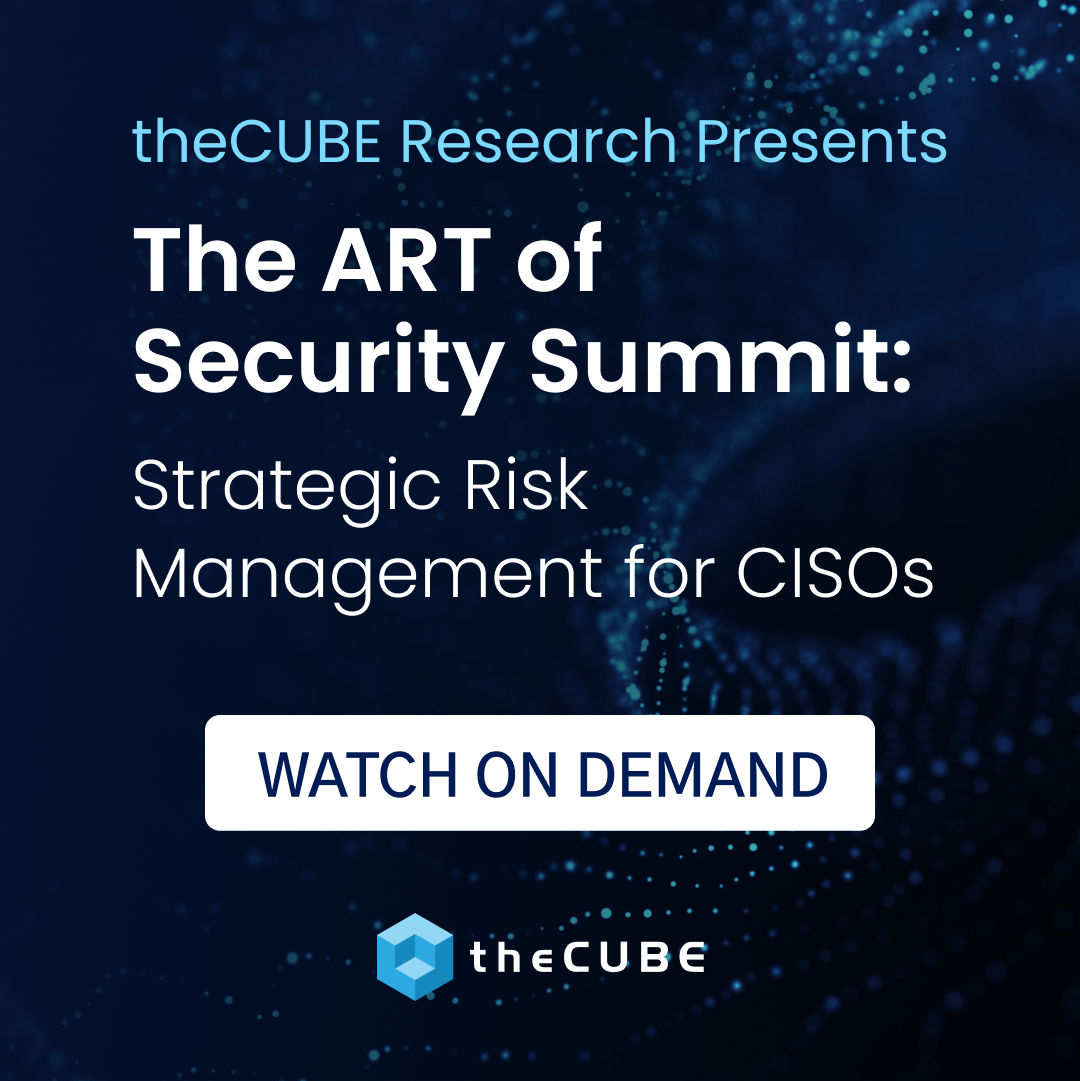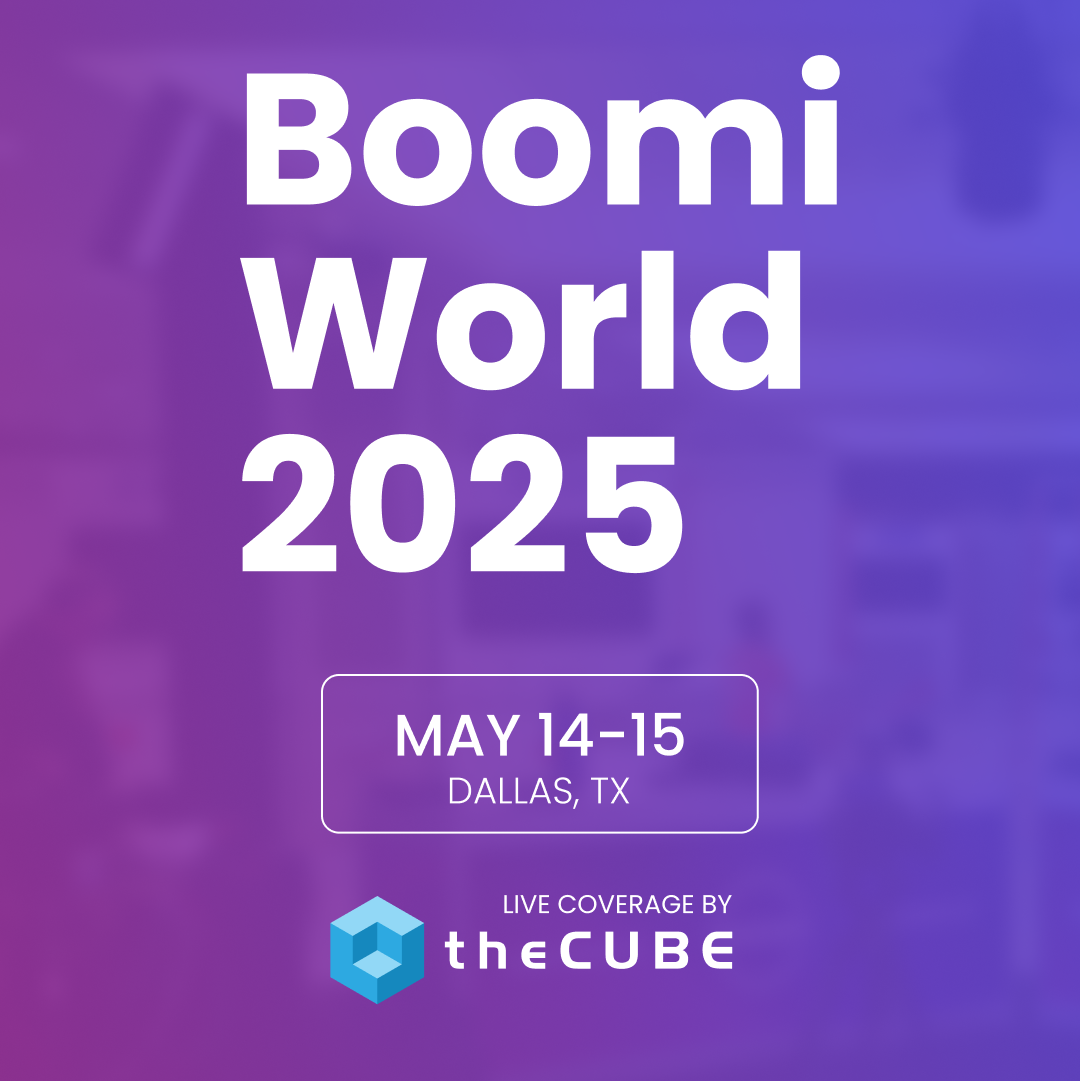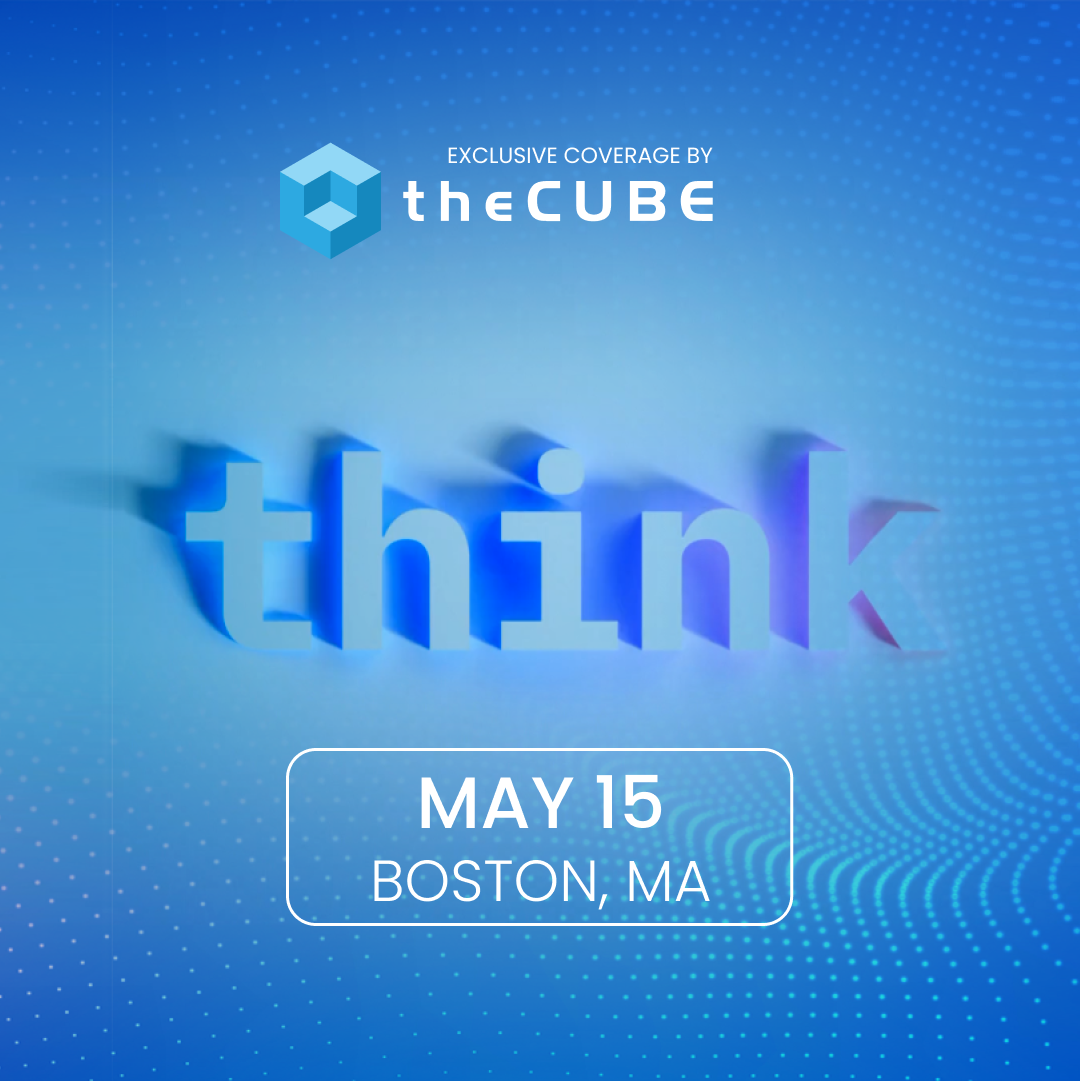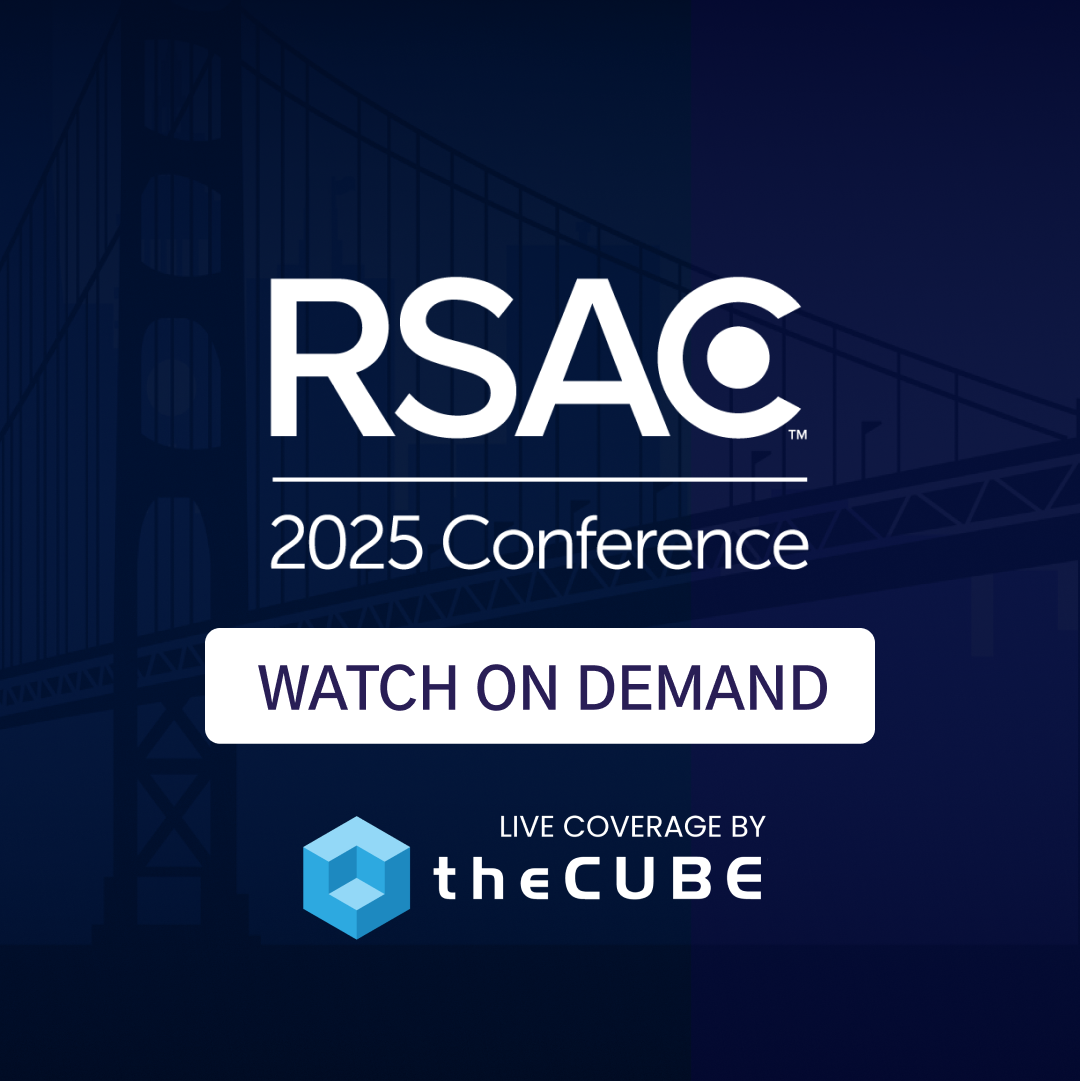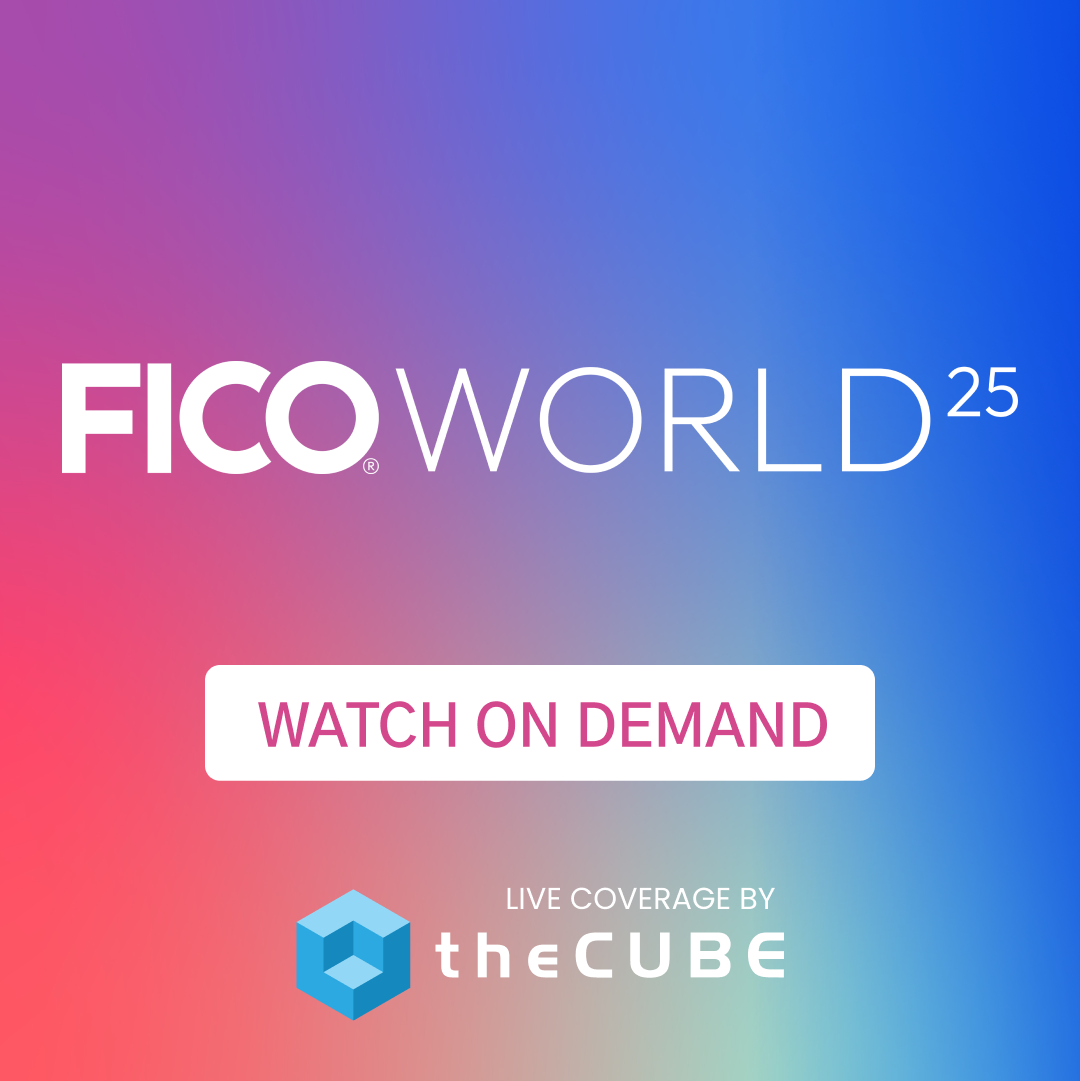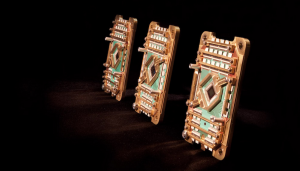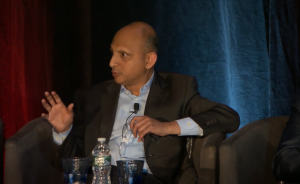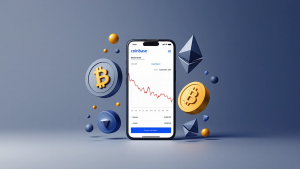Microsoft on SDN : Embrace the change, it’s here. | #ONS2014
![]() Open Networking Summit 2014 (#ONS2014) proved to be a great event, thanks to the excitement bubbling around an evolving data center. The amount of quality dialogue that came from it around the data center, networking, platforms, and software-defined networking (SDN) specifically, was well worth attending. In one of our exclusive interviews on theCUBE, hosts John Furrier and Stu Miniman chatted with Rajeev Nagar, Group Program Manager, Datacenter Networking & Platform at Microsoft. Nagar was very poignant when he described how Microsoft is cloud-first, and had this to say for all of those who are struggling to deal with the innovation happening in the data center: “Embrace change, its here.”
Open Networking Summit 2014 (#ONS2014) proved to be a great event, thanks to the excitement bubbling around an evolving data center. The amount of quality dialogue that came from it around the data center, networking, platforms, and software-defined networking (SDN) specifically, was well worth attending. In one of our exclusive interviews on theCUBE, hosts John Furrier and Stu Miniman chatted with Rajeev Nagar, Group Program Manager, Datacenter Networking & Platform at Microsoft. Nagar was very poignant when he described how Microsoft is cloud-first, and had this to say for all of those who are struggling to deal with the innovation happening in the data center: “Embrace change, its here.”
The mega trends in networking happening before our very own eyes is not something new to Microsoft, according to Nagar. Windows Azure, Bing, Office 365, and Xbox, Microsoft has been trending this way for quite some time. Microsoft is cloud-first. Nagar goes into detail, sharing that Microsoft has some of the largest data centers in the world for Azure. With over 200,000 customers and adding another 1,000 ever day, this notion of a software-defined data center is something Microsoft “lives, eats and breathes every day,” said Nagar.
The cloud is equal parts innovative and disruptive. Which is perfect in Nagar’s eyes, because you cannot bring great disruption without collaboration and innovation. Microsoft believes that the market is still in its infancy. It is incumbent of the community to foster a virtuous cycle of innovation by coming together for the software-defined data centers. Microsoft has laid out a very strategic plan to mature the ‘cloud’.
“Our approach is cloud first, learn from our experiences in the cloud, and bring them to our customers, and we think that’s the future,” said Nagar.
Against what your gut might be telling you, Microsoft is also very much a supporter of open source. Microsoft currently participates in actively contributing code to OpenDaylight, Open Compute, Linux, ONF, and the ONF API development just to name a few. As an example, Miniman brought up how Microsoft donated server designs at the most recent Open Compute Summit and Furrier chimed in, “That is real IP too, not just throw away, but real IP Microsoft donated.”
The promise of platforms in SDN
.
Like many interviews on theCUBE at #ONS2014, Nagar spoke of the importance of platforms in the software-defined networking revolution. Platforms are in Microsoft’s DNA. It’s critical for Microsoft that it continues to promote and support its platforms so that developers can innovate on top of them.
“As we all look at the innovation that is coming about with SDN, we believe that the key component of that innovation is the set of applications that are being built and that will be built in the future in order to leverage or harness better the power of the network.”
In order to harness that power of the network, one of two things needs to happen: One, the integration with mission critical key applications. Nagar gave a specific example of a recent product that measured call quality and how it was being affected in real-time. It allowed you to see call quality and how it was changing and why in real-time. Two, next generation applications built specifically to deliver on security, monitoring, etc. These two ways of harnessing the power of the network will unlock the power of the SDN.
There is so much innovation happening in open source, that it gives both the incumbents and new start-ups room to play. The key to open source working, and making open source work for you, is collaboration, in Nagar’s words. Together as a community, we can deliver greater flexibility, great agility, greater mobility to the mission critical workloads or applications that our collective customers wish to deploy, said Nagar. That covers the gambit of benefits to the customer: on-boarding, level of quality and provisioning, visibility from end to end usage — All are delivered to the customer based on collaboration.
So in this new white space, where is the opportunity for start-ups? Are there any corners painted?
Nagar had this to say, “We are in the infancy of a revolution that is occurring in terms of defining the next generation data center. And that spans all pillars of computing, you referred to storage, you referred to networking, we’re looking at a amount of scale that dictates different, essentially a level of scale that requires us to examine the economics associated with that scale very carefully. Whether that’s cost of acquisition, whether that’s cost of operation, whether that’s the sort of services that we will monetize or deliver internally within our organizations in order to help the businesses do what they do best.”
By decoupling technology innovation and how its monetized by the incumbents or new players, allows us to see two distinct differences. The first is that value monetization occurs when either can deliver on the expectations of the market, the customer. The second is that technological innovation is welcome by all, for all. At the end of the day, customers value services and solutions that provide value, and they’ll pay for them. Whether today or 20 years from now, that will never change.
“It seems like its fertile ground for everybody. In fact, I’d be hard-pressed to not find opportunity in the age we’re living in,” said Nagar.
A message from John Furrier, co-founder of SiliconANGLE:
Your vote of support is important to us and it helps us keep the content FREE.
One click below supports our mission to provide free, deep, and relevant content.
Join our community on YouTube
Join the community that includes more than 15,000 #CubeAlumni experts, including Amazon.com CEO Andy Jassy, Dell Technologies founder and CEO Michael Dell, Intel CEO Pat Gelsinger, and many more luminaries and experts.
THANK YOU

